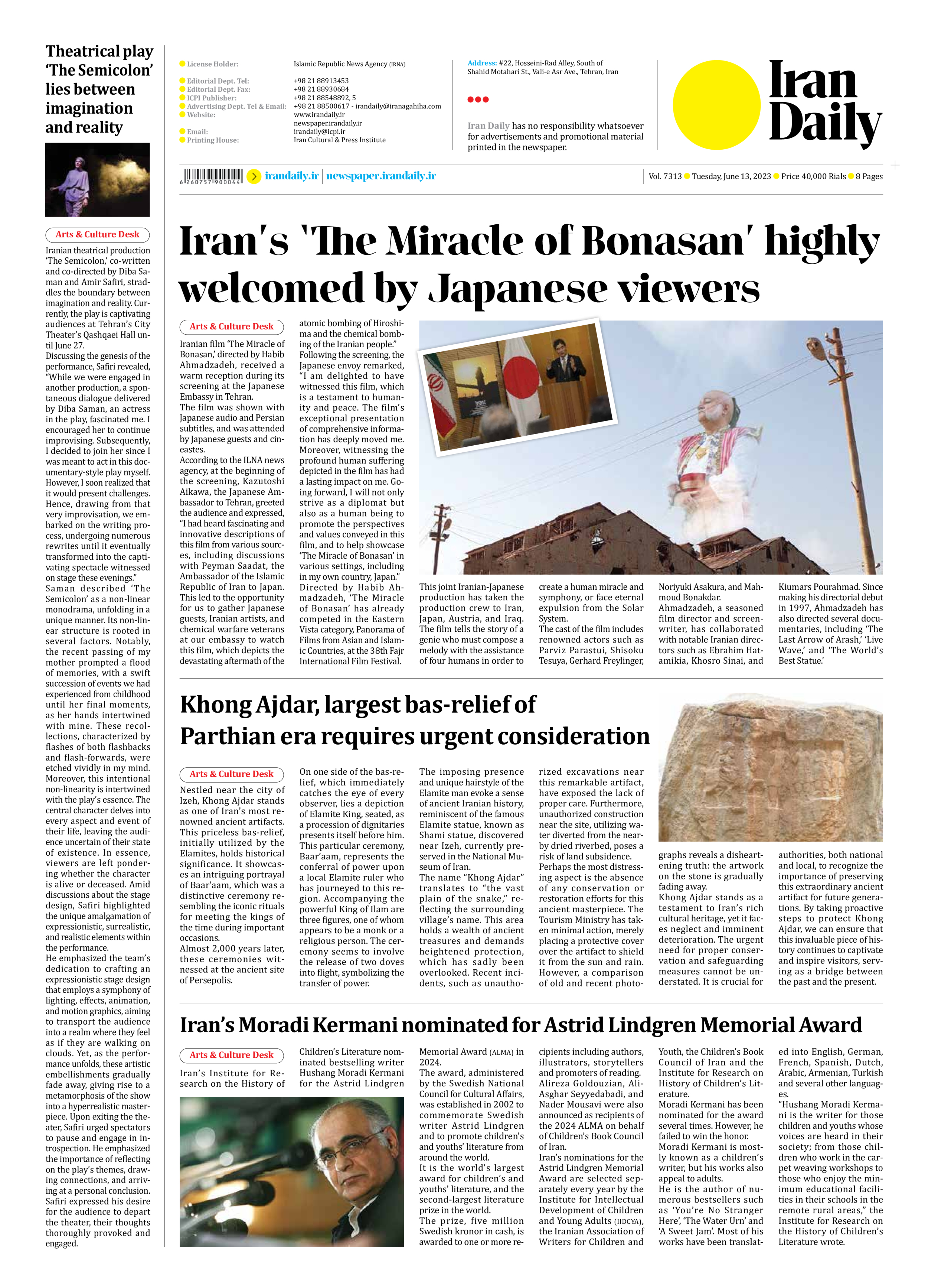
Khong Ajdar, largest bas-relief of Parthian era requires urgent consideration
Nestled near the city of Izeh, Khong Ajdar stands as one of Iran’s most renowned ancient artifacts. This priceless bas-relief, initially utilized by the Elamites, holds historical significance. It showcases an intriguing portrayal of Baar’aam, which was a distinctive ceremony resembling the iconic rituals for meeting the kings of the time during important occasions.
Almost 2,000 years later, these ceremonies witnessed at the ancient site of Persepolis.
On one side of the bas-relief, which immediately catches the eye of every observer, lies a depiction of Elamite King, seated, as a procession of dignitaries presents itself before him. This particular ceremony, Baar’aam, represents the conferral of power upon a local Elamite ruler who has journeyed to this region. Accompanying the powerful King of Ilam are three figures, one of whom appears to be a monk or a religious person. The ceremony seems to involve the release of two doves into flight, symbolizing the transfer of power.
The imposing presence and unique hairstyle of the Elamite man evoke a sense of ancient Iranian history, reminiscent of the famous Elamite statue, known as Shami statue, discovered near Izeh, currently preserved in the National Museum of Iran.
The name “Khong Ajdar” translates to “the vast plain of the snake,” reflecting the surrounding village’s name. This area holds a wealth of ancient treasures and demands heightened protection, which has sadly been overlooked. Recent incidents, such as unauthorized excavations near this remarkable artifact, have exposed the lack of proper care. Furthermore, unauthorized construction near the site, utilizing water diverted from the nearby dried riverbed, poses a risk of land subsidence.
Perhaps the most distressing aspect is the absence of any conservation or restoration efforts for this ancient masterpiece. The Tourism Ministry has taken minimal action, merely placing a protective cover over the artifact to shield it from the sun and rain. However, a comparison of old and recent photographs reveals a disheartening truth: the artwork on the stone is gradually fading away.
Khong Ajdar stands as a testament to Iran’s rich cultural heritage, yet it faces neglect and imminent deterioration. The urgent need for proper conservation and safeguarding measures cannot be understated. It is crucial for authorities, both national and local, to recognize the importance of preserving this extraordinary ancient artifact for future generations. By taking proactive steps to protect Khong Ajdar, we can ensure that this invaluable piece of history continues to captivate and inspire visitors, serving as a bridge between the past and the present.







